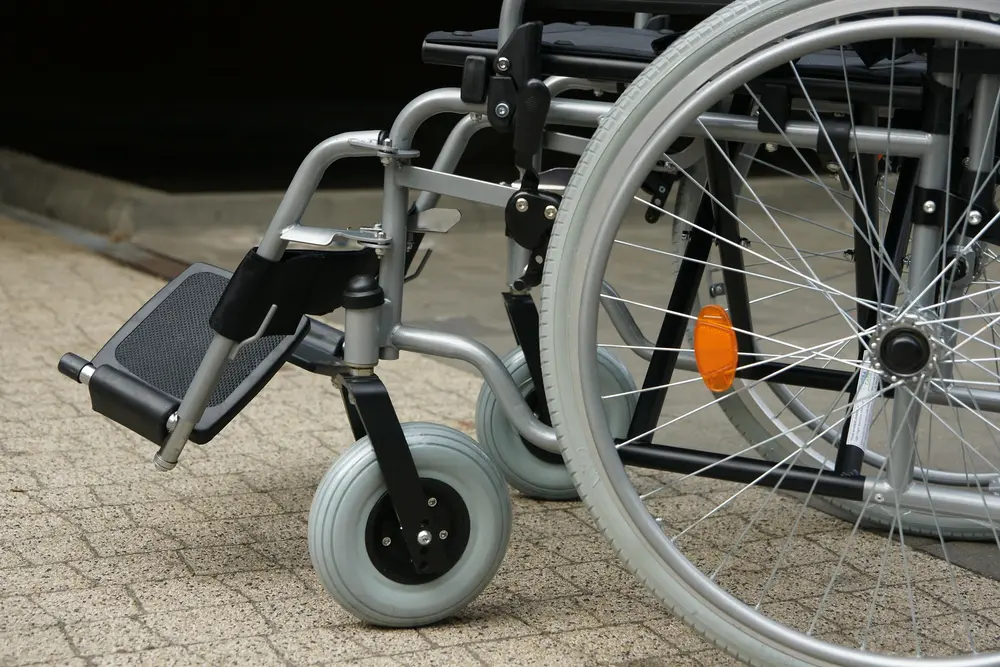If you receive Social Security benefits of any kind, you are probably familiar with the Social Security Cost of Living Adjustment (COLA). Its purpose is to ensure your benefits keep pace with inflation.
The Social Security Cost of Living Adjustment (COLA) for 2017 is near 0%!
Social Security rolls out new COLA information every year, and the changes that will take effect in 2017 were recently released. For the almost 66 million people receiving Social Security benefits and/or Supplemental Security Income (SSI) benefits (per September 2016 figures), there will be a 0.3% cost-of-living increase in your benefit checks. It’s not zero, but it is pretty darn close. You can see the 2017 Social Security Cost of Living Adjustment Fact Sheet at https://www.ssa.gov/news/press/factsheets/colafacts2017.pdf.
66 million, but that doesn’t tell the whole story
Of those 66 million, nearly 58 million individuals were receiving Social Security benefits (vs. SSI benefits). Of that 58 million, about 10.5 million were receiving Social Security Disability Insurance Benefits. That includes disabled workers and their spouses and children.
There has been some debate as to whether the Social Security Cost of Living Adjustment (COLA) should be tied to another consumer price index (CPI), one that impacts seniors. It is called the CPI-E (for elderly). You can read more about this experimental CPI at http://www.bls.gov/opub/ted/2012/ted_20120302.htm, visited on 11/17/16.
Other important COLA changes to note include slight increases across the board:
- A Quarter of Coverage (also called a “Credit”) has increased, from $1,260 to $1,300 per month. “You earn a quarter of coverage (QC)—also called a “credit”—for a certain amount of work covered under Social Security, but you may earn no more than 4 QCs per year. Generally you need to be fully insured to receive Social Security benefits, but other requirements may also apply.” See https://www.ssa.gov/oact/progdata/insured.html for more information on insured status requirements. QCs also affect eligibility for Disability Insurance Benefits.
- The estimated average Social Security benefits for a disabled worker, spouse and one or more children has increased to $1,996 per month, however, the average Social Security benefit for a disabled worker individually is $1,171 per month in 2017.
- If you are under full retirement age, you can now earn $16,920 per year (or $1,410 per month) before your income will start to reduce your monthly retirement benefits. One dollar in benefits will be withheld for every $2 in earnings above the limit.
- If you reach full retirement age in 2017, you can earn up to $44,880 for the year, or $3,740 per month, for the months in the year prior to reaching full retirement age. There is no limit on earnings beginning the month an individual reaches full retirement age. Don’t know when you’ll reach full retirement age? Just check out this useful web page: https://www.ssa.gov/planners/retire/retirechart.html.
- The amount that Social Security considers to be “Substantial Gainful Activity” (SGA), which roughly means working, has increased from $1,130 per month to $1,170 per month (or $1,950 per month if you are blind). The threshold amount for a Trial Work Period (TWP) has also been increased from $810 to $840 per month.
- The maximum Social Security benefit for a worker retiring at full retirement age has increased by $48, to $2,687 per month, whereas the average monthly benefit for all retired workers is $1,360. That’s not a lot to live on.
- The SSI Federal Payment Standard will increase to $2 to $735 per month for an individual and $1,103 per month for a couple.
- Exclusions for students receiving SSI have increased to $10/month to $1,790 per month.
All of these increases were determined using the Consumer Price Index for Wage Earners and Clerical Workers (CPI-W) from the third quarter of last year. Essentially, COLA increased because there was a price increase in consumer goods.
If you have an opinion on the correct CPI to base benefit changes, do some research and reach out to Social Security to ensure your voice is heard. Speaking out is the best way we can strengthen and improve these vital social programs.
Have more Social Security questions or concerns about a Social Security claim? Please contact my office so we can give you the help you need.






